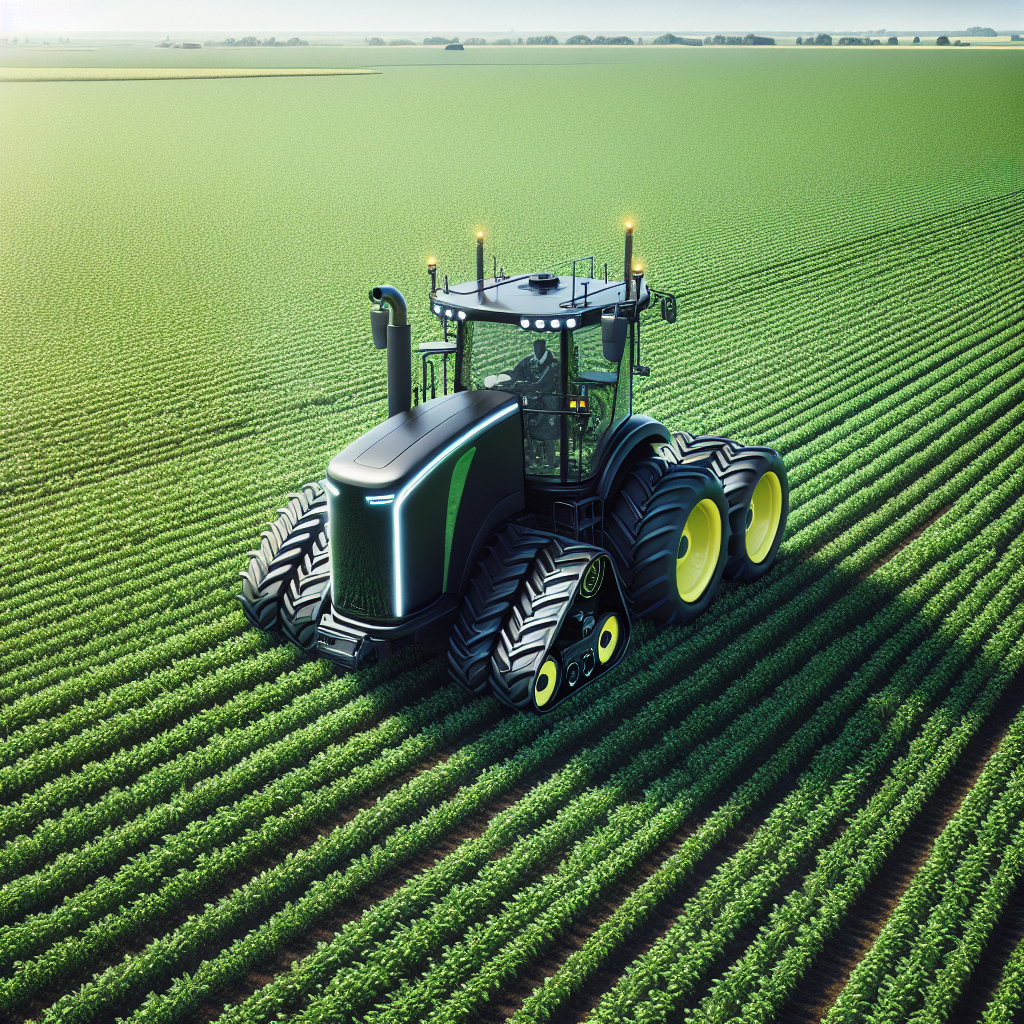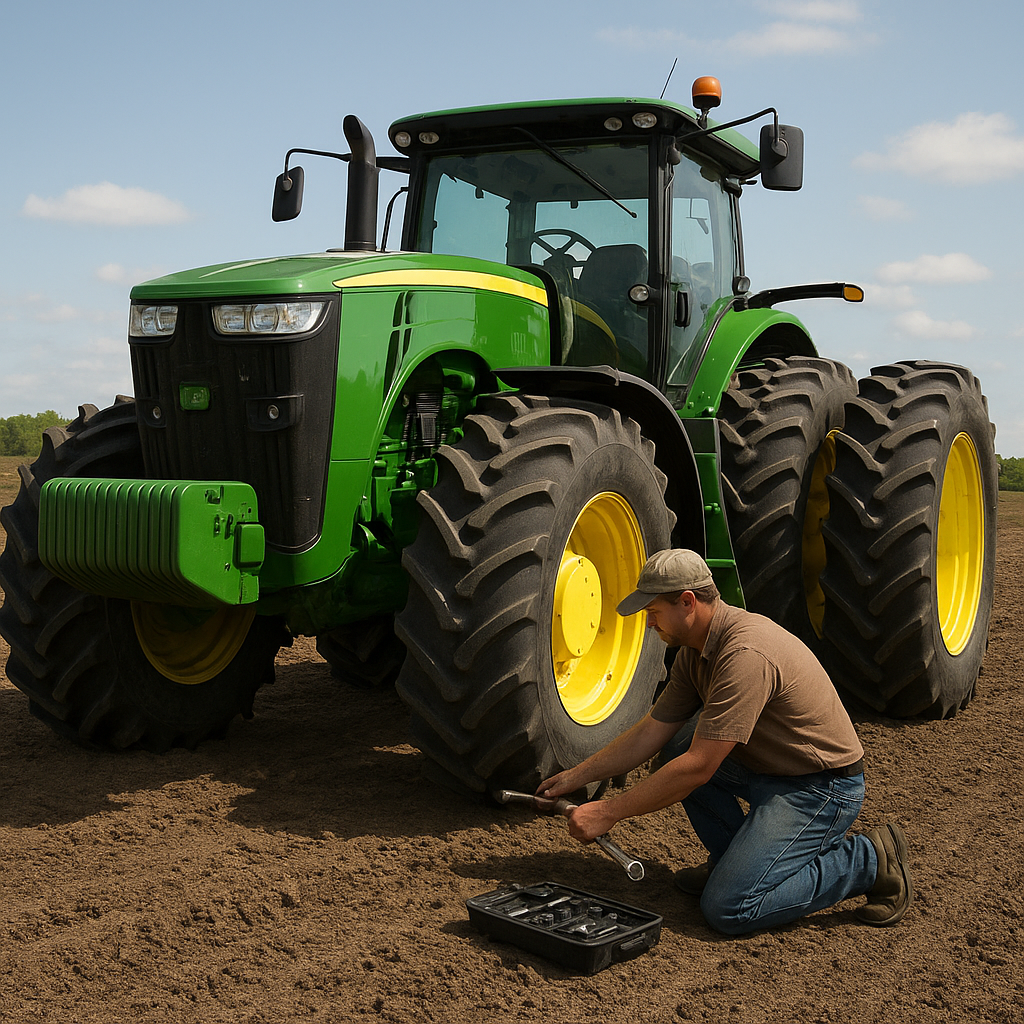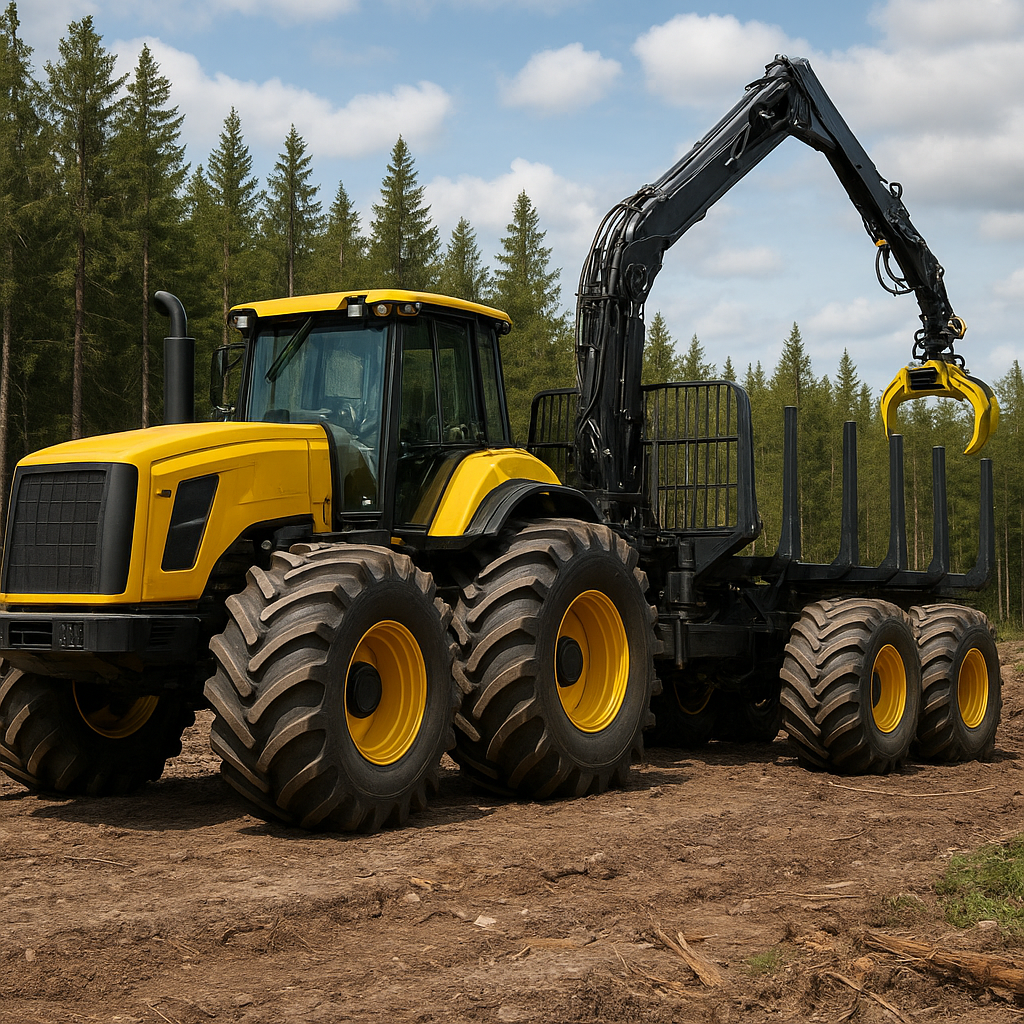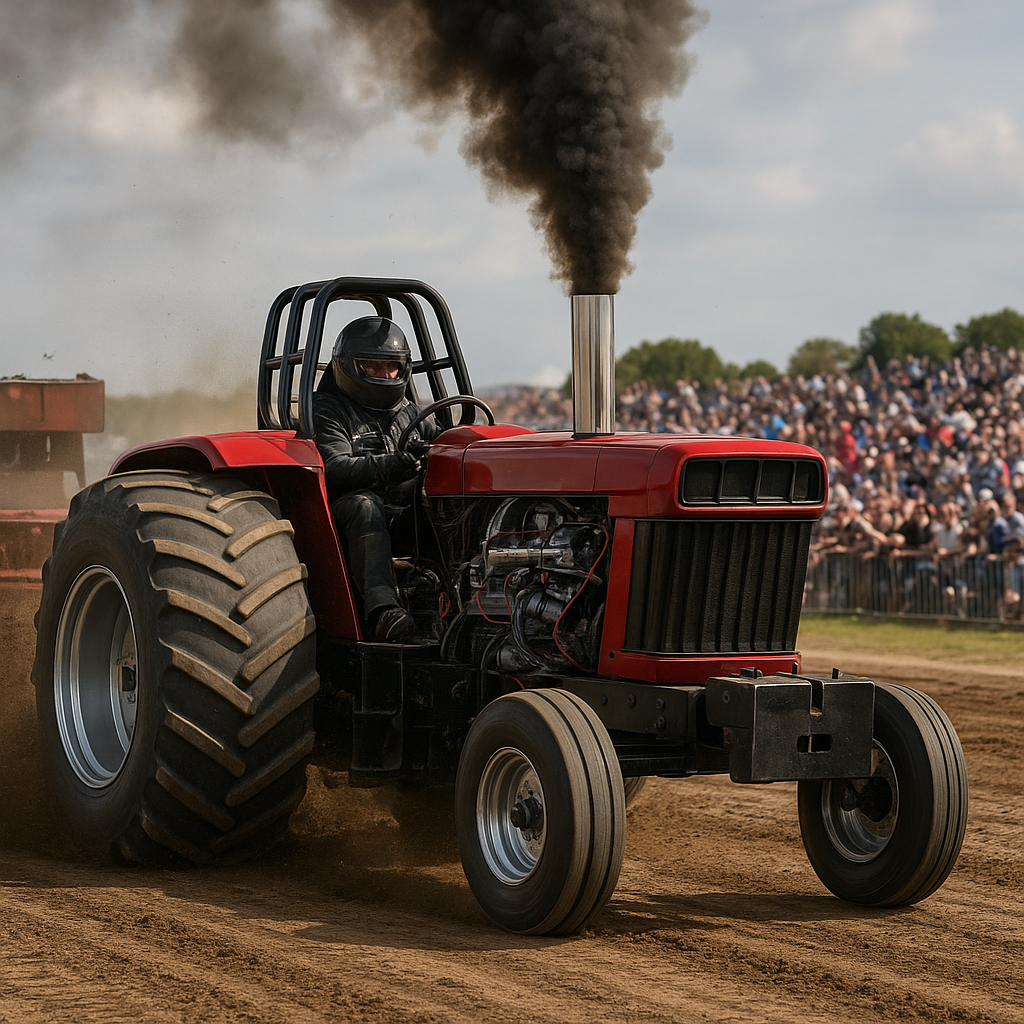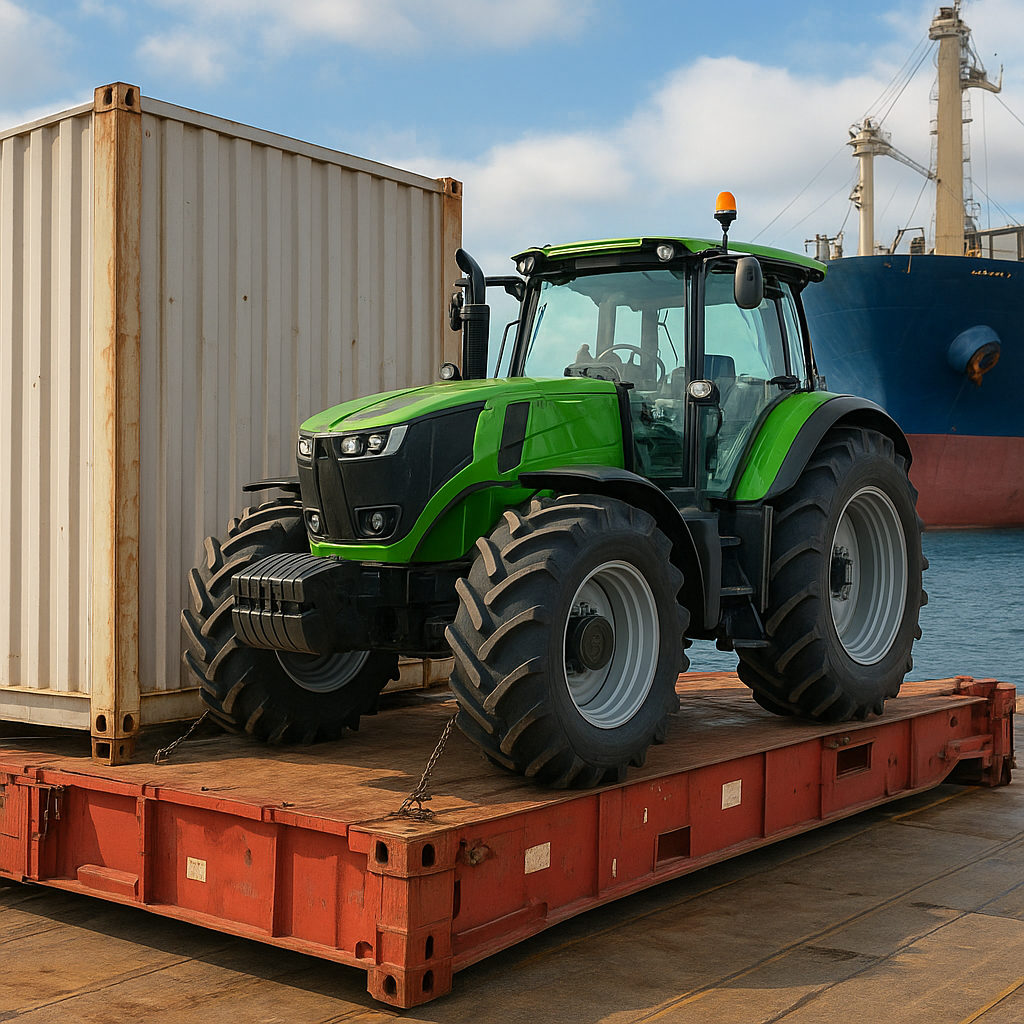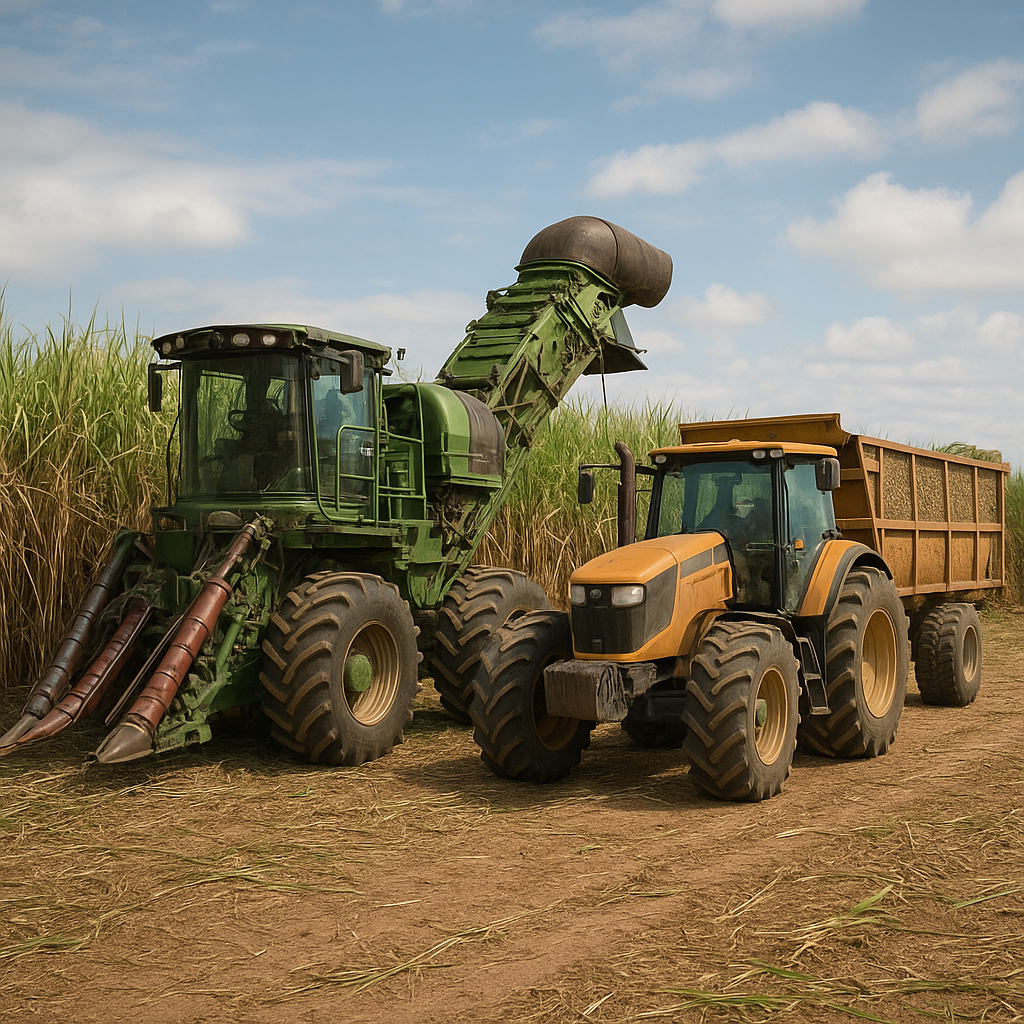Autonomous tractors are revolutionizing the agricultural industry by integrating self-driving technology into farming practices. These advanced machines are designed to perform a variety of tasks without human intervention, significantly increasing efficiency and productivity on farms. In this article, we will explore the development and impact of autonomous tractors, as well as the challenges and future prospects of this groundbreaking technology.
The Evolution of Autonomous Tractors
The concept of autonomous tractors has been in development for several decades, with early prototypes appearing as far back as the 1980s. However, it wasn’t until recent advancements in artificial intelligence (AI), machine learning, and sensor technology that fully autonomous tractors became a viable option for modern agriculture.
Early Innovations
Initial attempts at creating autonomous tractors involved basic automation features such as GPS-guided steering and automated plowing. These early models required significant human oversight and were limited in their capabilities. Despite these limitations, they laid the groundwork for more sophisticated systems that would follow.
Technological Advancements
In the past decade, significant strides have been made in the development of autonomous tractors. Modern models are equipped with a range of advanced technologies, including:
- GPS and RTK Systems: High-precision GPS and Real-Time Kinematic (RTK) systems enable tractors to navigate fields with centimeter-level accuracy.
- LiDAR and Cameras: Light Detection and Ranging (LiDAR) sensors and high-resolution cameras provide real-time data on the tractor’s surroundings, allowing it to detect and avoid obstacles.
- AI and Machine Learning: Advanced algorithms enable tractors to learn from their environment and improve their performance over time.
- Telematics: Remote monitoring and control systems allow farmers to oversee and manage their tractors from a distance.
Impact on Farming Practices
The introduction of autonomous tractors has had a profound impact on farming practices, offering numerous benefits to farmers and the agricultural industry as a whole.
Increased Efficiency
Autonomous tractors can operate around the clock, performing tasks such as planting, plowing, and harvesting with minimal human intervention. This continuous operation leads to increased efficiency and productivity, allowing farmers to complete tasks more quickly and with greater precision.
Cost Savings
By reducing the need for manual labor, autonomous tractors can help farmers save on labor costs. Additionally, the precision of these machines can lead to more efficient use of resources such as seeds, fertilizers, and water, further reducing operational costs.
Environmental Benefits
Autonomous tractors can contribute to more sustainable farming practices by optimizing resource usage and minimizing waste. For example, precision planting and fertilization can reduce the amount of chemicals needed, leading to less environmental impact and healthier crops.
Challenges and Future Prospects
While the benefits of autonomous tractors are clear, there are still several challenges that need to be addressed before they can become mainstream in the agricultural industry.
Technical Challenges
Developing reliable and robust autonomous systems that can operate in diverse and unpredictable farming environments is a significant technical challenge. Factors such as varying weather conditions, uneven terrain, and the presence of obstacles can all impact the performance of autonomous tractors.
Regulatory and Safety Concerns
The widespread adoption of autonomous tractors also raises regulatory and safety concerns. Ensuring that these machines can operate safely and effectively without posing a risk to humans or the environment is crucial. Regulatory frameworks will need to be developed to address these issues and provide guidelines for the use of autonomous tractors.
Economic Barriers
The initial cost of autonomous tractors can be prohibitive for many farmers, particularly small-scale operations. While the long-term cost savings and efficiency gains can offset these initial expenses, the high upfront investment remains a barrier to widespread adoption.
Conclusion
Autonomous tractors represent a significant advancement in agricultural technology, offering the potential to transform farming practices and improve efficiency, productivity, and sustainability. While there are still challenges to overcome, the continued development and refinement of autonomous systems hold great promise for the future of agriculture. As technology continues to evolve, autonomous tractors are likely to become an increasingly common sight on farms around the world, helping to meet the growing demand for food and resources in a sustainable and efficient manner.
